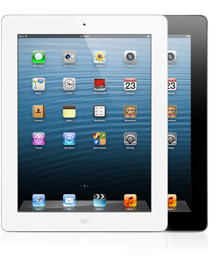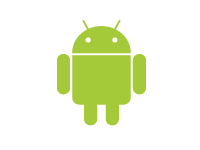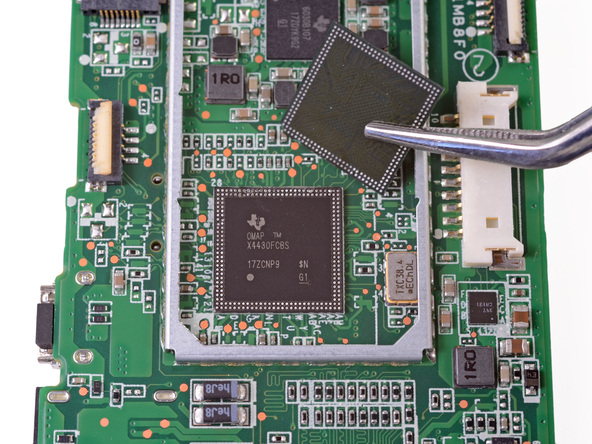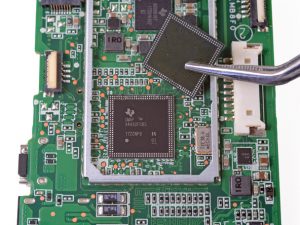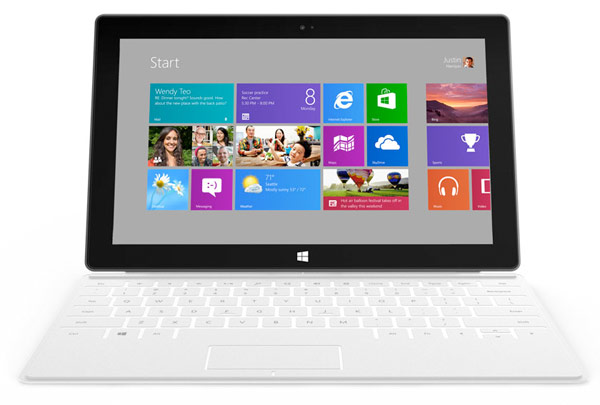Hostilities between Google and Microsoft are heating up, and users are being caught in the crossfire.
Microsoft, of course, has spent the last couple of years trying to bring the wrath of the federal government down on Google. This campaign failed last week, when the Federal Trade Commission let Google off with a mild admonishment because it did not have a case it thought it could win.
There’s no way to know if this is retaliation, but Google seems determined to make life difficult for Microsoft customers. The latest evidence is Google’s apparent decision to block access to Google Maps from Windows Phone 8 handsets. The issue is shrouded in a bit of confusion. Gizmodo first reported the blockage. Google responded by saying that the problem was that the mobile version of Google Maps is designed to work with Webkit browsers and the Windows Phone 8 browser is based on the non-Webkit Internet Explorer. But this explanation fell apart when Microsoft pointed out that the Windows Phone 8 browser is essentially the same as the Windows 8 version of IE, which works just fine with Google Maps.
App developer Matthias Shapiro seemed to settle the argument with a YouTube video that shows calls from Windows Phone 8 to Google Maps failing until the browser-agent string is changed to disguise the browser. With the phony browser-agent string, Google Maps worked just fine (in what appears to be a Windows Phone 8 emulator).
Fortunately, Windows Phone 8 users have other mapping options. I supposed Google has the right to deny its Maps service to any device it wants to block, but this just seems dumb and petty.
In other Google annoyances, yesterday I entered a search string in my Chrome browser and when the search page came up, I got an odd popup asking me if I wanted to share my results on Google+. Thinking that no one could conceivably be interested in my search for information on Fermat’s Little Theorem, I closed the window, unfortunately before I thought to capture a screen shot. I have not yet been able to replicate this behavior, but Google popping up a G+ interstitial every time I do a search could just drive me to Bing.
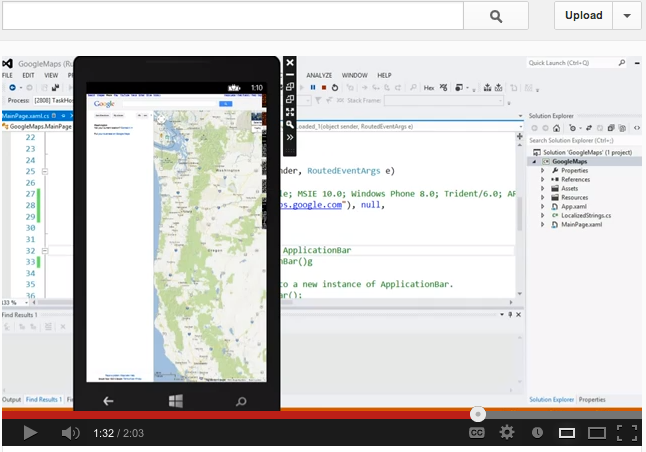

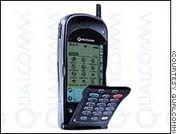


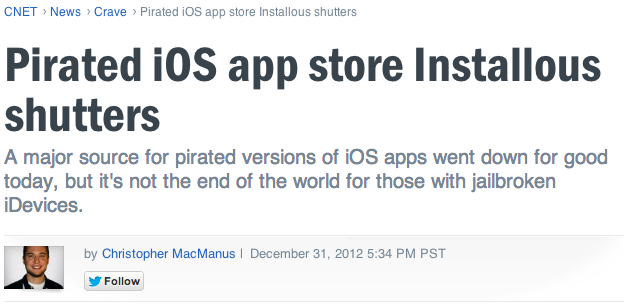





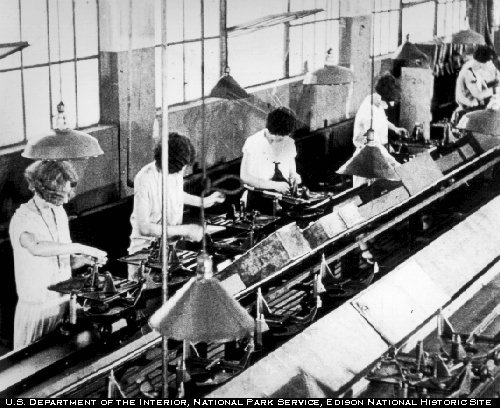













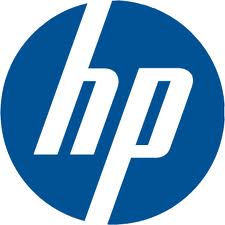
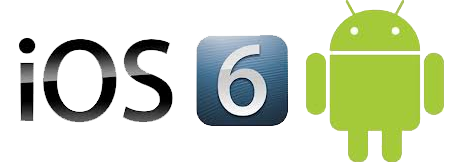

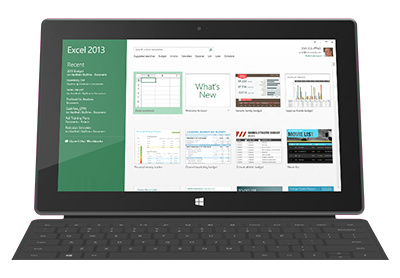







![Why Apple Is Keeping the iPad 2 [UPDATED]](https://techpinions.com/wp-content/uploads/2012/10/ipad_2.jpeg)
